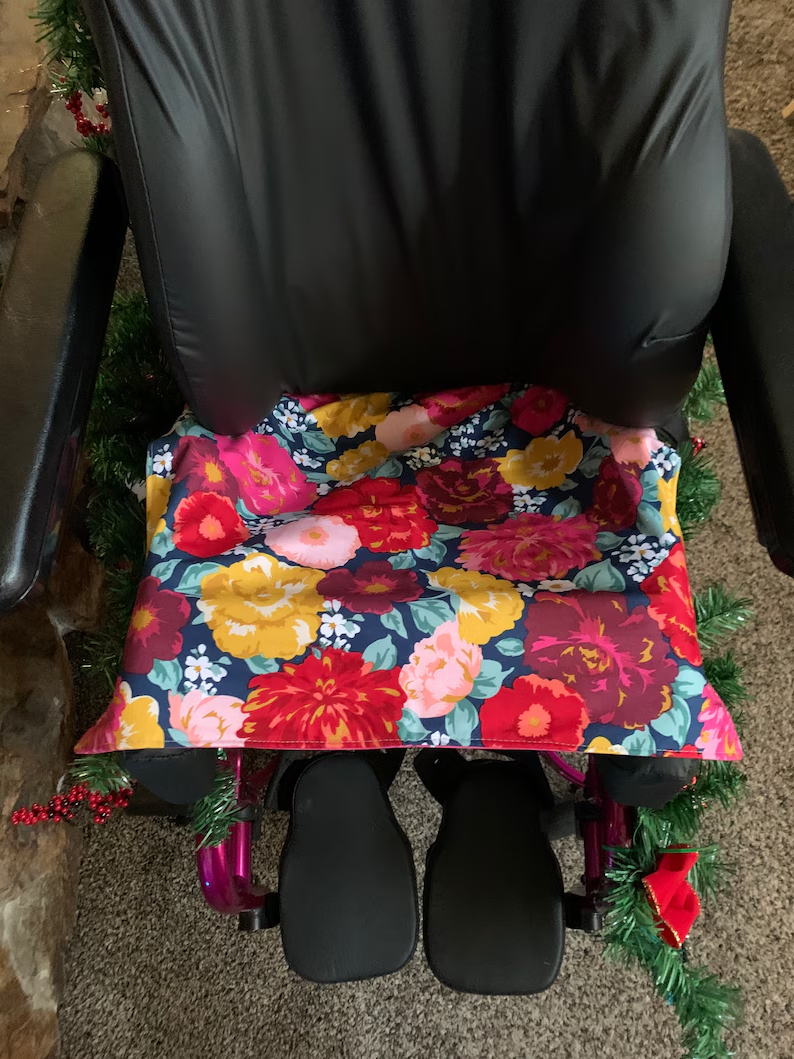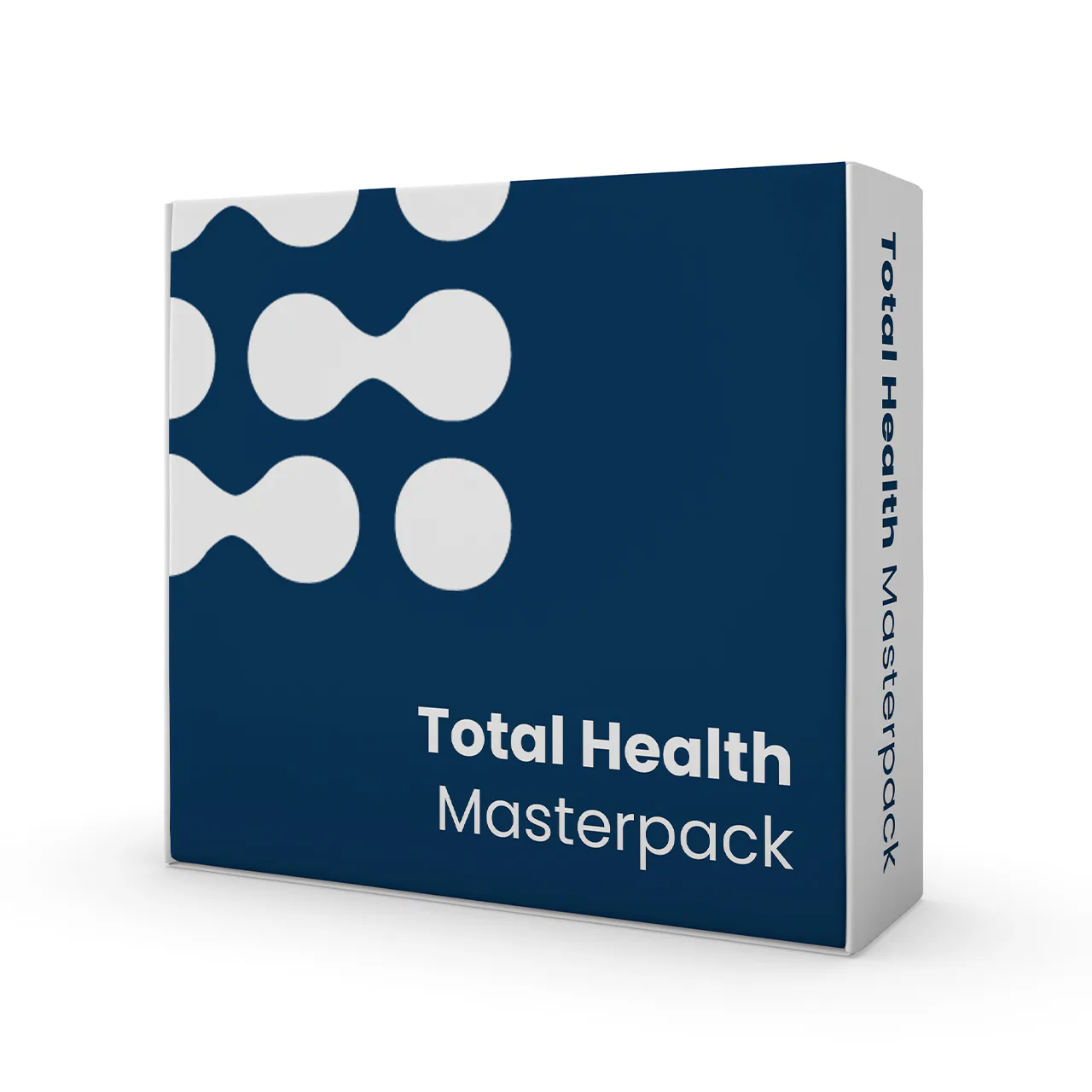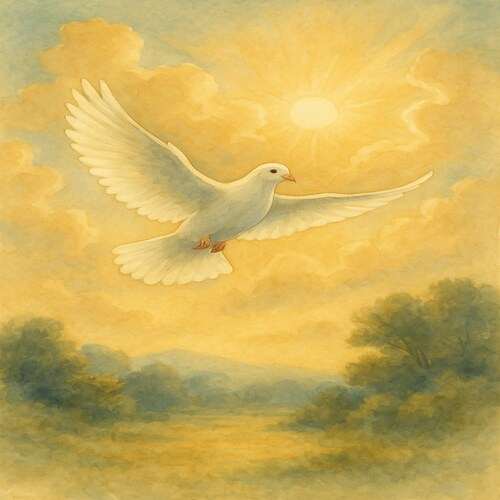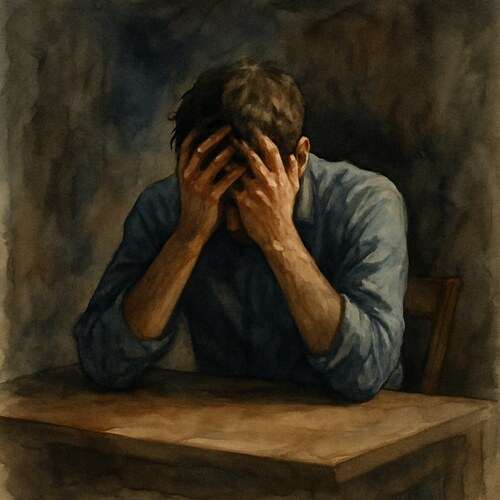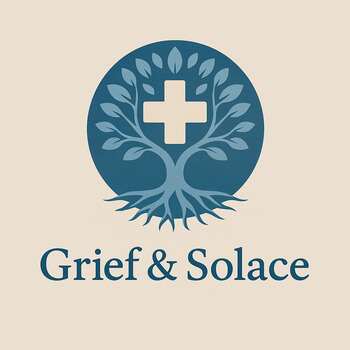Grieving Quadriplegia: Mourning the Movements That Once Meant Freedom
Grief tied to Quadriplegia (Spinal Cord Injury) is heavy and endless, mourning the touch, the hugs, the simple gestures that once came without thought or fear.
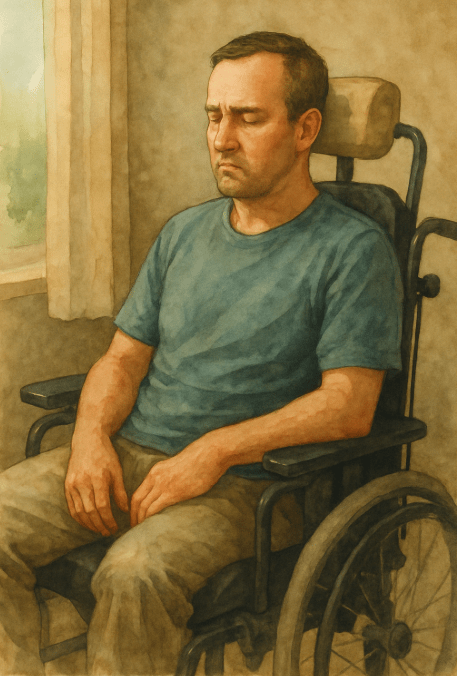
This post blends real grief with grounded knowledge. It isn’t clinical. It isn’t distant. It’s meant to sit beside you—not above you. The story you’ll read is meant to reflect what so many feel when living through or witnessing this condition: confusion, exhaustion, and quiet forms of courage.
If what you read feels familiar, please speak with your doctor. Your pain deserves more than silence.
His Spirit Stayed Stronger Than the Body That Held It
He used to move as if nothing could hold him back. On the football field, at the construction site, or on a rooftop deck with a breathtaking view, he was a force of nature. A body built to carry weight, to sprint, to lift, to laugh, and to embrace life. Then came the fall. A crack. Then, silence.
They delivered the news gently, as if the careful enunciation of words might shield us from their impact: cervical spinal cord injury. Quadriplegia.
He remained stoic, not a single scream escaped his lips. No tears fell. He simply fixated on the ceiling, clad in a hospital gown that he couldn’t button, remove, or even feel. Finally, he voiced the question that haunted him: “Will I ever hold my daughter again?” Prolonged silence enveloped us; no one answered quickly enough.
🧠 Symptoms:
– Complete loss of movement and sensation below the neck (if cervical, complete injury)
– Breathing difficulties, impaired coughing or lung clearance (upper cord injury)
– Loss of bladder and bowel control
– Spasms or exaggerated reflexes
– Pain or tingling from nerve damage
– Changes in sexual function and sensitivity
– Abnormal muscle tone (spasticity or flaccidity)
Next came the machines…the lifts, the rails, the chairs…and the seemingly endless rotation of specialists armed with clipboards and soft-spoken reassurances. Yet none could adequately prepare us for the profound silence that followed.
Not just his silence. Ours, too. The unvoiced sorrow of watching a man come to terms with his body as though it belonged to a stranger. Witnessing hands that once skillfully framed houses now lay helpless at his side. Observing his pride fracture softly but painfully each time someone else had to scratch his nose.
Some remarked that he was fortunate to be alive. But merely being alive didn’t equate to freedom.
He grieved in silence. Not with loud sobs, but rather with withdrawal. He stopped asking for help. He avoided making eye contact. He ceased to believe in the dawn of a new day.
Complications:
– Pressure ulcers from immobility and loss of sensation
– Respiratory infections and breathing problems
– Urinary tract infections, stones
– Circulatory issues: hypotension, blood clots, autonomic dysreflexia
– Bone density loss (osteoporosis)
– Spasticity or paralysis
– Sexual dysfunction
– Depression, grief, chronic pain
Causes:
– Trauma: car crashes, falls, violence (gunshot wounds), diving accidents, sports injuries
– Non-traumatic causes: cancer, arthritis, disc degeneration, infections, inflammation
– Secondary damage from swelling, bleeding, fluid buildup worsens injury
At first, he wouldn’t allow us to feed him. He preferred to endure hunger rather than encounter helplessness. Who could blame him?
But little by little, he began to find a way back. It started with a subtle head tilt to convey agreement. Then he utilized sip-and-puff technology to interact with a tablet. Eventually, he graduated to eye-tracking devices that enabled him to type a simple but powerful message: “Still me.”
He reclaimed his sense of humor, learned to orchestrate his care with precision, and trained himself to navigate his body’s boundaries like a commander managing a fragmented troop.
We witnessed his rebuilding process. Not in a physical sense, but spiritually. He mourned the man he once was…the strong back, the bear hugs, the ability to hold his daughter without assistance.
Yet, at the same time, he nurtured the emergence of someone new: a man who listened more intently, felt more deeply, and showed us the meaning of holding someone without the need for hands.
And then, one day, his daughter climbed into his lap, nestled her head against his chest, and said, “Daddy, you’re still big.”
She wasn’t referring to size. She meant presence…
His body may have stopped responding, but his spirit never fell silent. The man remained in the chair; the chair simply had to learn who it was meant to carry.
Risk Factors:
– Predominantly males (~80%)
– Common ages 16–30 (trauma-related) and 65+ (falls)
– Alcohol use (~25% of cases)
– Risky behaviors: reckless driving, diving into shallow water, lack of protective gear
– Bone-weakening diseases: osteoporosis, arthritis
📘 Diagnosis & Treatment
Diagnosis
– Neurological exam, injury history
– Imaging: X-ray, CT, MRI to assess bone, soft tissue, and cord damage
– Ongoing assessments of neurological function, reflexes, sensation
**Treatment**
*Emergency:*
– Immobilization (neck collar, spinal board) at injury scene
– Supportive care: oxygen, shock prevention
– Rapid transport to specialized centers
*Surgical & Medical:*
– Surgery to remove bone fragments, herniated disks, stabilize spine
– Traction or braces for alignment
– Experimental: cooling, stem cells, nerve regeneration research
*Medications:*
– Pain relievers
– Spasticity medications
– Bladder and bowel regulation drugs
– Mood stabilizers or antidepressants for emotional health
*Rehabilitation:*
– Physical therapy to strengthen unaffected muscles
– Occupational therapy for daily living adaptations
– Speech therapy (if cervical injury affects speech/swallowing)
– Psychological support, grief counseling
– Nutrition, fitness, sexual health support
– Assistive devices: wheelchairs (manual/electric), communication aids, home modifications, vehicle adaptations
**Living With It**
Quadriplegia doesn’t just paralyze limbs—it shatters identity. It steals in one moment what took a lifetime to build. You wake in a body that no longer obeys, feeling the loss of reach, breath, spontaneity. The world shrinks, and grief can settle deep.
But life after loss is still life. Not the same, but meaningful. Love finds new forms. Art flows through new channels. Strength is measured not in muscle, but in endurance, adaptation, and hope. Rebuilding begins with acceptance, with community, with the quiet courage to start again.
I know this is heavy, and I understand that the road ahead may feel like a tangle of loss and unanswered questions. But please hear this: you are not broken because you are hurting; you are not weak because you are afraid. You are living through something real, and survival itself is a kind of grace. You are allowed to struggle, you are allowed to hope, and you are allowed to not have all the answers today. Whatever comes next, you do not face it empty-handed; you carry every moment of love that shaped you, and that will always be enough to keep going.
🎀 Gifts to help With Quadriplegia
🏥 Everyday Comforts for Everyday Battles
Managing Quadriplegia often means needing a little extra help.
Sometimes it’s about restoring dignity, ease, or simply getting through the day with less pain.
These carefully chosen tools aren’t just items; they’re small bridges back to living.
This section is about finding practical support, never shame.
Cushion Protection for a Body That Can’t Shift Itself
When you can’t move, pressure builds—and skin breaks. This gel-infused wheelchair cushion helps distribute weight evenly, preventing sores, reducing spinal strain, and protecting the body where sensation is lost. It’s not comfort. It’s prevention. A life-saving layer between stillness and suffering.
🌿 Paths to Healing Beyond the Map
Sometimes traditional medicine isn’t enough.
If you’re exploring gentle, alternative options to help with Quadriplegia,
you might find comfort in plant-based compounds like **CBD or CBG**.
*This section is not medical advice, just a door left open.*
USA Medical Total Health Master Pack – System Support for a Life Lived Through Assistance
Quadriplegia doesn’t just affect muscles—it impacts digestion, immunity, sleep, and mood. This Total Pack offers CBD, immune support, and calming botanicals to ease the secondary effects of a body that no longer self-regulates. It won’t restore movement. But it may help with what the spinal cord can no longer manage.
Need a Different Path Forward?
Every journey through grief looks different. Choose the next step that speaks to where you are now:
When You're Ready to Start Healing
Healing doesn’t mean forgetting.
It means finding small ways to carry your grief with strength and grace.
These are the stories, tools, and gentle steps to begin walking forward…at your own pace.
When You're Still in the Thick of It
Sometimes healing feels like a lie.
If you’re not ready to move on…if the pain still roars louder than the world wants to hear…this is the place where you’re allowed to feel it.
No sugarcoating. No pretending. Just truth.
When You're Holding on to Who’s Still Here
Grief reminds us to love louder.
If someone you love is still with you, this is your place to celebrate them, honor them, and create new memories while there’s still time.
Joy and sorrow can live side by side.

